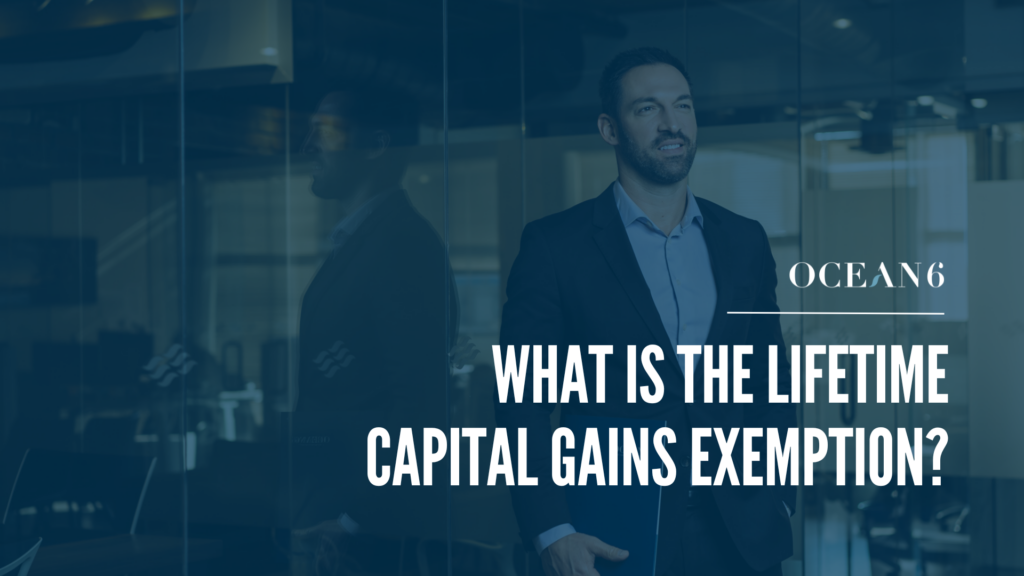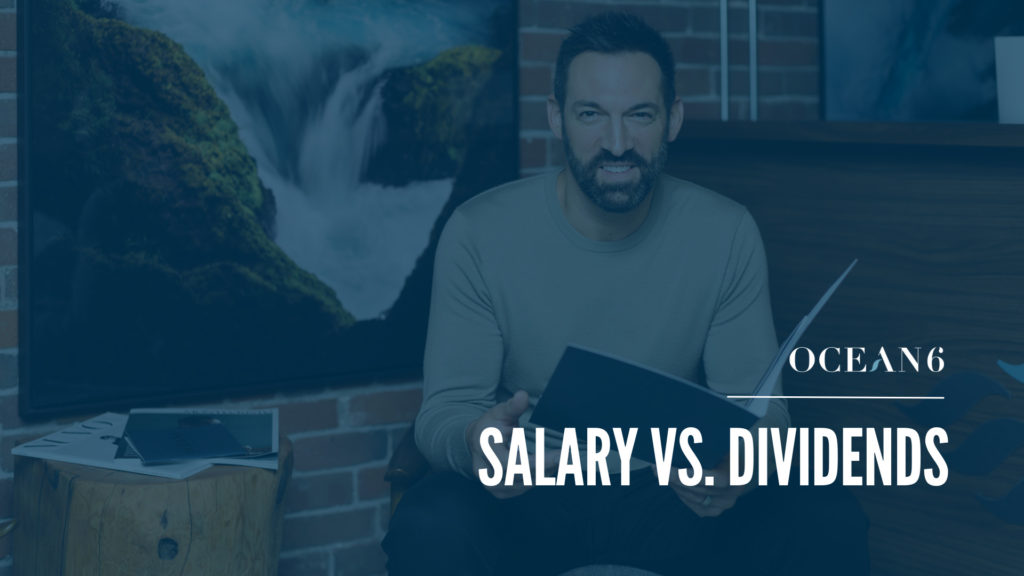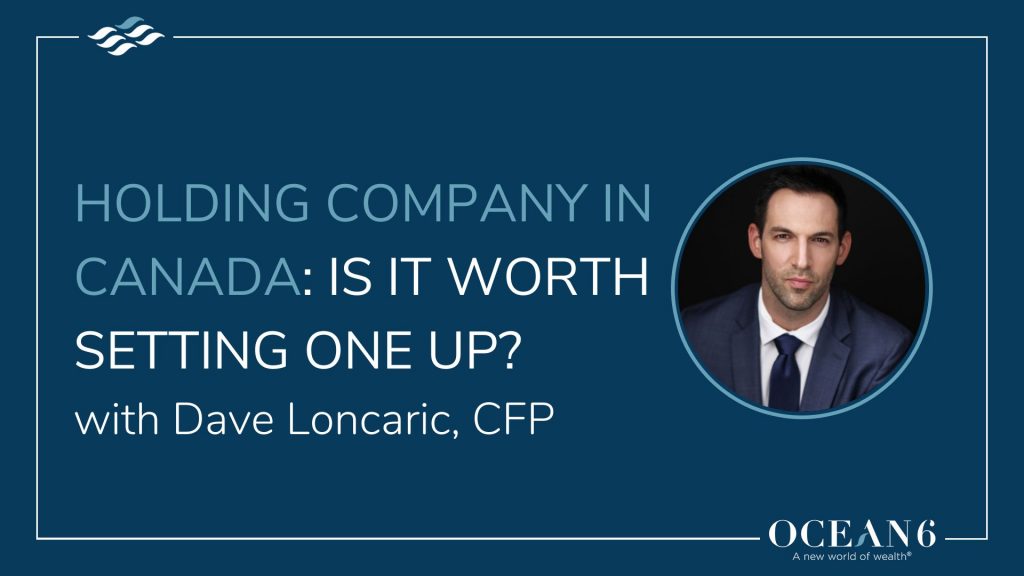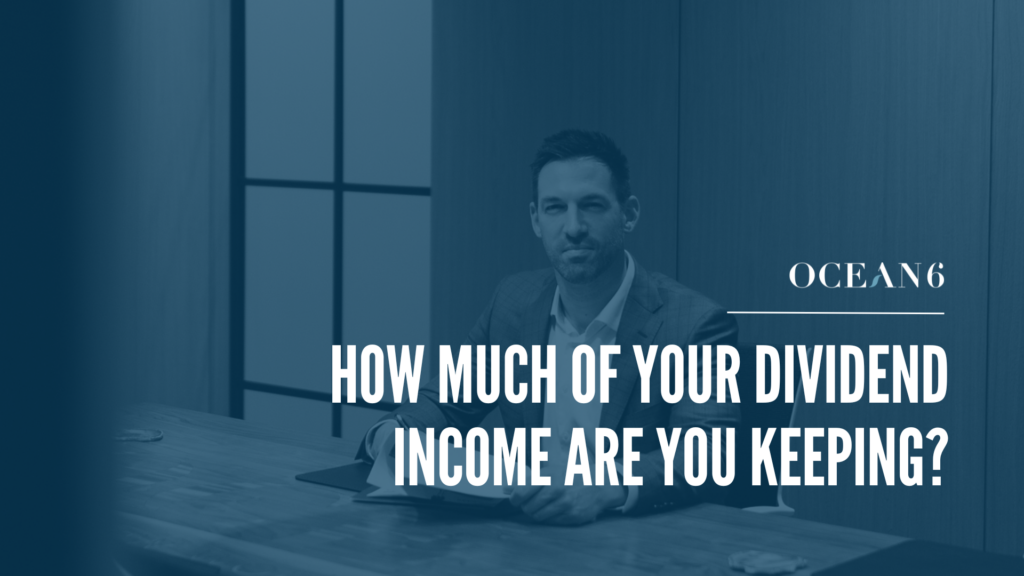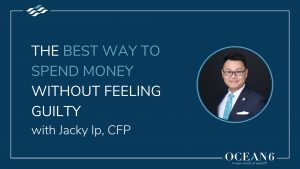There is a lot of room for improvement for business owners when it comes to being more tax efficient. In this post, we’ll be covering several important tax planning topics to provide you with the information and answers you’re looking for. We’ll also provide you with resources for where to turn for tax planning services to take the guesswork out of the process.
Your Guide to Tax Planning
Today, we’ll cover topics like:
- Using your corporation to invest and save on taxes
- Determining if you’re paying too much passive income tax
- How Canadian business owners can pay less taxes
…and many more. So, if you’re ready to start maximizing your personal wealth and minimizing your taxes, don’t miss the rest of this post.
Using Your Corporation to Invest and Save on Taxes
Let’s begin by covering five ways to use your corporation to invest and save on taxes.
We break down these methods in further detail in this post, but in the meantime, here’s the information you need to start:
1. Pay yourself a dividend
Let’s start with what you can do today: Make sure you pay yourself a dividend instead of a salary.
Paying yourself a dividend will save you from paying into Canada Pension Plan. Every year, you get to keep approximately $6,000 inside your corporation to invest.
You can save $240,000 in the span of 40 years and have more control over your savings.
2. Keep as much money as you can inside your corporation
If you decide to take money out of your corporation to put in an RSP, you will have to give half of that back to the CRA. Although you took the money out of your corporation tax-free, when it comes time to withdraw money out of the RSP, you will be paying up to a 50% tax rate.
If you keep the money in your corporation, you pay less income taxes by taking it out as dividends.
Do you want to learn more about why business owners should avoid using RSPs? We have an entire post (including a video) on the subject here: Why Successful Business Owners Should Not Use RSPs.
3. Invest in capital gains-producing investments
Invest in capital gains-producing investments such as stocks, real estate, and corporate class mutual funds. Capital gains are taxed at a much more favourable rate than dividend or interest income.
Capital gains lower your tax payable and create Capital Dividend Account (CDA) credits for you to take tax-free money out of your corporation.
4. Pay life insurance with corporate dollars
Make sure that your corporation owns and pays for all your life insurance.
Having your corporation as the owner and payer of your life insurance policies means you will pay the life premiums with dollars taxed at 11% (in BC), as opposed to your personal tax rate, which could be as high as 50%.
This is a frequently overlooked method to save taxes, but it can pay off.
5. Consider investing in corporately owned whole life insurance
This final tip helps you and your family with taxes upon death: Look into corporately owned whole life insurance.
This is a great strategy to ensure that the money left inside your corporation will go to your family or the charity of your choice instead of the CRA. Corporately-owned life insurance can also fund a tax-efficient retirement.
We have lots of resources on how to take advantage of your corporate structure to maximize wealth and minimize taxes. For example, in this video, we explain: Why you should leave your money in your corporation and avoid taking out money that you don’t need to spend, including to pay down your mortgage.
Growing an Investment Portfolio Inside Your Corporation
Another realm of tax planning for business owners to consider is growing an investment portfolio inside their corporation. Instead of letting your money sit in your corporation, invest and grow that money like any other investment.
We highly encourage you to invest using your holding company. The two major benefits of using a holding company for your investments are:
- Problems are avoided if it ever comes to liquidation
- You can save tax on the gains in your investment portfolio.
Read this article to learn how to build the most tax-efficient portfolio.
Benefits of using a capital dividend account to build a successful investment portfolio
In this post, we talk about some considerations for capital dividend accounts to build a successful business portfolio:
“If you make investments inside your corporation and they create capital gains for you, you will be able to take out some of this money tax-free. Usually, half of a capital gain investment is taxable to your corporation, and the other half is tax-free.
Once you have those credits, they fall under something called a capital dividend account (CDA). The
CDA is a notional account in which you are accredited tax-free dollars, which you can pull out tax-free.If you are making investments inside your corporation, make sure you check your capital dividend accounts to see if you can pull some tax-free dollars out of your corporation.”
(If you don’t already have a capital dividend account inside your corporation, check out this video next for why you should)
Understanding Passive Income Tax
What is passive income? And are you paying too much of it?
We have a whole post on these questions right here.
It includes this definition of the term:
“Passive income refers to any income you earn inside your corporation, aside from the income you earn from business activity.
For example, for a company selling phone cases, active income is any income they earn by selling those phone cases. All other income earned is considered passive. This includes income made on investments, real estate, and more.”
How to Save on Passive Income Tax
With all of that in mind, it’s not surprising many business owners are concerned about saving on passive income tax. Here are four ways to decrease taxes on passively generated income:
- Make the most of capital gains investments
- Invest in corporate class funds
- Look into corporately owned overfunded life insurance
- Utilize your capital dividend account and check to see if you have a balance
In this post, we go into these four tips in greater detail.
What About Tax Planning and RSPs?
Before we wrap this up, we also need to consider RSPs in relation to tax planning.
The truth is, RSPs aren’t the best strategy for most business owners. Here’s why:
“RSPs are designed for people to invest while they’re at a high-income bracket with the expectation they’ll be at a lower income bracket when they withdraw. They get to enjoy the tax-year savings by reducing their current taxable income, as well as tax-deferred savings when the investment is growing. Finally, in retirement, if you are in a lower tax bracket, you will be able to withdraw the money paying less taxes.
However, for business owners who have planned for retirement using their corporation, RSPs just don’t work. Unless you can guarantee that at retirement you are going to have far less income than when you’re working, you’re never going to win.”
So, what’s the alternative? We explain:
“Our advice is to take the time now to set your goals and really clarify what you want from retirement. From there, you can build a plan that helps you enjoy your life today and use your corporate structure to plan a happy (tax-efficient) retirement.
Build your retirement plan in your corporation, and the income and assets you build inside it will far beat any tax savings you will receive today from an RSP.”
Contact Ocean 6 for Tax Planning Services
Sharing all of this information is one thing. But actually putting these strategies to work takes trusted, effective financial advice. And we’re here to offer you just that.
With the Ocean 6 team delivering you a customized financial plan, you’ll never have to worry about whether your wealth is working for you or if you’re maximizing your tax-saving opportunities again.
Book a call and get started.
